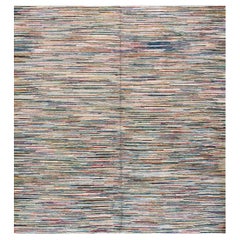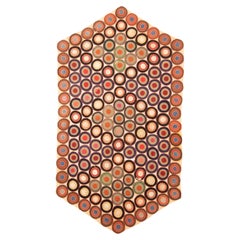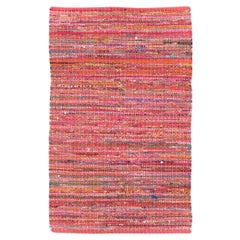Shaker Furniture
Authentic Shaker furniture is hard to come by, but not exceedingly rare. “Shaker style” describes furnishings and interiors that are both warm and simple, centered on unpretentious wooden chairs, tables and cabinets without ornament or embellishment.
The term derives from the popular name for an all-but-vanished American religious sect, whose members crafted honest, modest household furniture and objects as part of their belief in purposeful living and simplicity in all things.
Members of the United Society of Believers in Christ’s Second Appearing — called Shakers, derisively, because they writhed and danced in religious ecstasy during worship — arrived in the United States from England in 1774. Within 50 years, the sect had established 19 self-sufficient communities from Maine to Kentucky, where they lived pure, humble and industrious lives. The furniture and objects the Shakers made reflected their strict rules of behavior. Pieces such as ladder- and slat-back chairs and trestle tables were painstakingly crafted from native woods like maple and cherry, using traditional methods such as mortise-and-tenon and dovetail joinery and lathe turning. They employed strong, straight lines and symmetrical proportions, and decoration of any kind — carving, veneers, inlays — was prohibited, as it would encourage the sins of pride and vanity.
The Shakers movement included some 6,000 members at its peak in the 1860s, but the group practiced celibacy and could attempt to sustain their flock only by recruiting new adherents. Modernity proved too alluring. Today only one tiny Shaker community, in Maine, still exists, though the sect’s heritage is preserved at several historical sites.
To support their communities, the Shakers sold furniture to outsiders, who appreciated its superb quality. While the “Shaker style” label is today given to many plain, simple wooden pieces, it should also denote superior construction and solid materials. As elements in interior design, Shaker furnishings work best in a quiet decor. Modest pieces such as these can become lost among more ornate works. The style is most suitable to a country home — although a Shaker chair or cabinet can make a striking counterpoint in a modernist, urban setting.
As you will see on 1stDibs, Shaker furniture and objects have a deep appeal for their warmth, honesty and graceful simplicity, which make them welcome almost anywhere.
1920s American Vintage Shaker Furniture
Wool
1920s American Vintage Shaker Furniture
Wool
Early 20th Century American Shaker Furniture
Wool
Mid-20th Century American Shaker Furniture
Wool, Cotton, Yarn
Mid-20th Century American Shaker Furniture
Wool, Yarn
Mid-20th Century American Shaker Furniture
Wool, Yarn
1940s North American Vintage Shaker Furniture
Wool
Early 20th Century American Shaker Furniture
Cotton
1940s American Vintage Shaker Furniture
Wool
Early 20th Century American Shaker Furniture
Wool
1890s American Antique Shaker Furniture
Wool, Fabric
Mid-20th Century American Shaker Furniture
Wool
Early 20th Century American Shaker Furniture
Wool
Mid-20th Century American Shaker Furniture
Wool, Cotton



